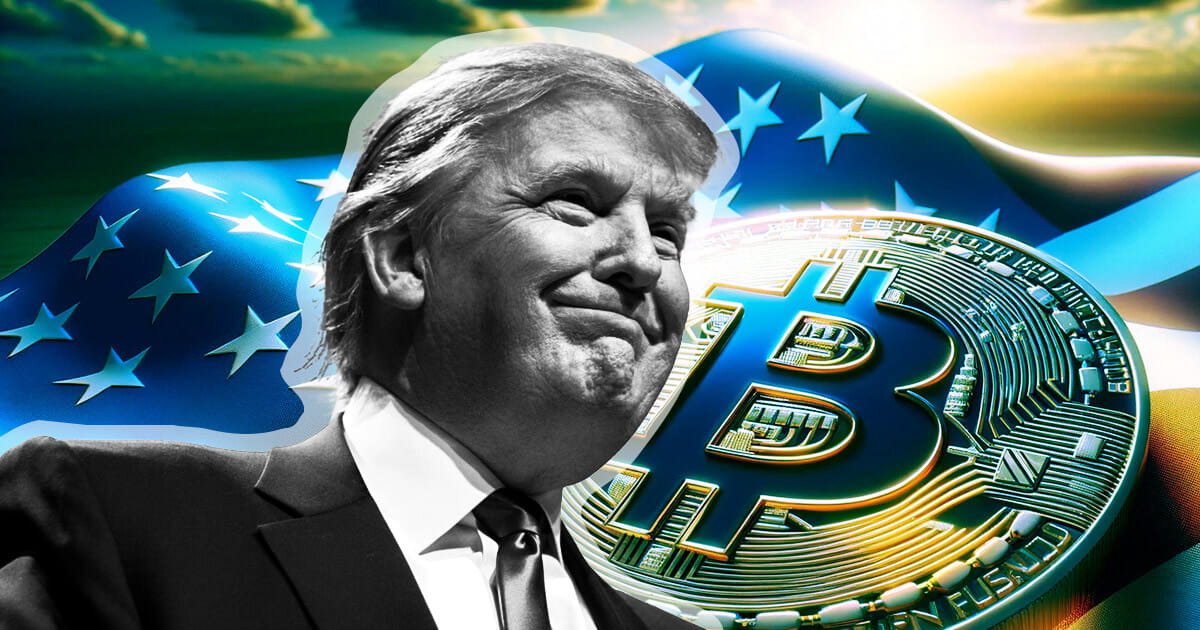Bitcoin Maintains Its Strength, Ensuring Stability in the Crypto Market

Bitcoin Maintains Its Strength: The cryptocurrency market has always been a whirlwind of volatility, with assets rising and falling unpredictably. However, amidst this chaos, one asset has consistently stood out as a symbol of resilience and stability: Bitcoin. As the pioneer of the crypto world, Bitcoin has weathered numerous storms, and its continued strength is playing a crucial role in maintaining a sense of stability in the market Eric Trump Trusts the Future of Bitcoin.
The Role of Bitcoin in the Crypto Ecosystem
Bitcoin, created in 2009 by the mysterious Satoshi Nakamoto, was the first cryptocurrency to be introduced to the world. Since then, it has remained the most recognized and valuable digital asset. While many other cryptocurrencies have emerged over the years, Bitcoin has maintained its position as the leader, with the largest market capitalization and the highest level of adoption.
One of the reasons for Bitcoin’s enduring strength is its decentralized nature. Unlike traditional fiat currencies, Bitcoin is not controlled by any government or central authority. This gives it an inherent level of security and trust, making it an attractive asset for both retail and institutional investors. Additionally, Bitcoin’s limited supply—capped at 21 million coins—creates scarcity, which has contributed to its value over time.
Bitcoin’s Role in Stabilizing the Market
While the cryptocurrency market is known for its wild fluctuations, Bitcoin has played a key role in providing a sense of stability. When Bitcoin experiences significant price movements, it often sets the tone for the rest of the market. For example, when Bitcoin rises in value, many altcoins (alternative cryptocurrencies) tend to follow suit. Conversely, when Bitcoin drops in price, other cryptocurrencies often experience similar declines.
This influence is not only due to Bitcoin’s market dominance but also because of its role as a benchmark for investor sentiment. Bitcoin is often seen as a “safe haven” within the crypto space. When investors are uncertain about the broader market, they tend to flock to Bitcoin as a more reliable store of value. This dynamic helps to mitigate some of the extreme volatility that can affect smaller, less established cryptocurrencies.
Institutional Adoption and Market Maturity

Another factor contributing to Bitcoin’s strength is the growing institutional adoption of the asset. Over the past few years, we have seen a surge in the number of institutional investors entering the cryptocurrency market. Major companies, hedge funds, and even publicly traded companies have begun to allocate a portion of their portfolios to Bitcoin. This influx of institutional capital has brought a level of maturity to the market, reducing some of the wild price swings that were once commonplace.
Bitcoin’s increasing acceptance as a legitimate asset class has also led to the development of financial products such as Bitcoin futures, exchange-traded funds (ETFs), and Bitcoin-based investment trusts. These products have made it easier for traditional investors Bitcoin Maintains Its Strength to gain exposure to Bitcoin, further solidifying its position in the market.
The Future Outlook for Bitcoin and the Crypto Market
As Bitcoin continues to maintain its strength, it is likely to remain a stabilizing force in the cryptocurrency market. Its dominance and growing adoption by both retail and institutional investors suggest that it will continue to play a central role in the evolution of the digital asset space.
However, the crypto market is still relatively young and continues to evolve. New technologies, regulatory developments, and market dynamics will all play a role in shaping the future of Bitcoin and other cryptocurrencies. While Bitcoin’s strength is undeniable, Bitcoin Maintains Its Strengththe market must continue to mature for true long-term stability to be achieved.
Conclusion
Bitcoin’s ability to maintain its strength and provide stability in the crypto market is a testament to its enduring appeal and the trust that investors place in it. As the flagship cryptocurrency, Bitcoin continues to set the tone for the market, influencing the behavior of altcoins and providing a sense of security to investors. While the future of the crypto market remains uncertain, Bitcoin’s role as a stabilizing force is likely to persist, ensuring that it remains a central player in the digital Bitcoin and Maintains Its Strong economy for years to come.
[sp_easyaccordion id=”4232″]




